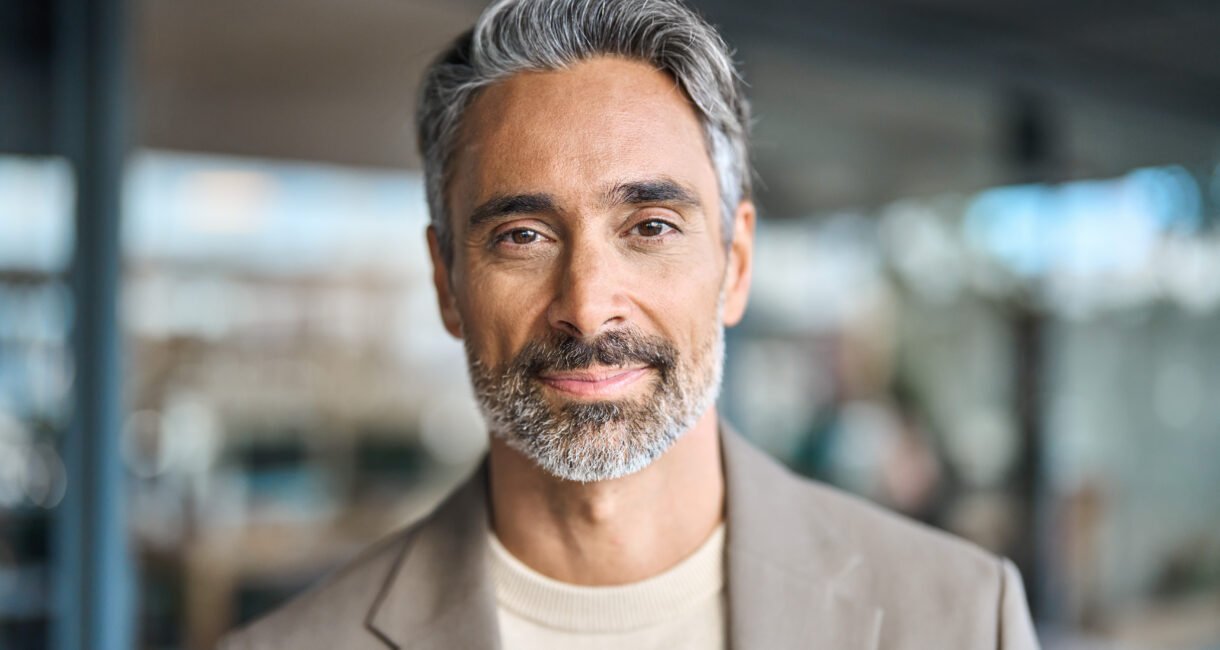In our world of increasing complexity and interconnectedness, the words of philosopher Adam Kahane resonate deeply: “If we could feel our predicament, we wouldn’t tolerate it; we are led by those who are furthest from the suffering that we seek to explore and bring to an end.” This profound statement encapsulates the essence of a critical issue plaguing societies worldwide: the empathy gap. As we navigate through a myriad of social, economic, and environmental challenges, it becomes imperative to bridge this gap and cultivate a deeper understanding of the struggles faced by those most affected.
At the heart of the empathy gap lies a fundamental disconnect between those in positions of power and privilege and those on the margins of society. Too often, decision-makers are distanced from the harsh realities experienced by marginalized communities, leading to policies and practices that fail to address their needs adequately. Whether it’s systemic injustices, economic disparities, or environmental degradation, the voices of the marginalized are often silenced or ignored in favor of maintaining the status quo.
To truly address the root causes of our predicaments, we must first acknowledge the inherent privilege that shapes our perspectives and experiences. Privilege blinds us to the daily struggles faced by others and perpetuates a cycle of inequality and injustice. Only by stepping outside of our comfort zones and actively listening to those whose voices have been marginalized can we begin to dismantle the systems of oppression that perpetuate suffering.
Empathy serves as the cornerstone of social change, empowering individuals to advocate for the rights and dignity of all people. When we take the time to empathize with the experiences of others, we gain invaluable insights into the complexities of their lives and the challenges they face. It is through this empathetic lens that we can identify solutions that address the root causes of injustice and create meaningful change.
One of the most powerful ways to bridge the empathy gap is through storytelling. By sharing personal narratives and lived experiences, individuals can humanize complex issues and foster empathy and understanding among diverse audiences. Whether it’s through art, literature, film, or grassroots activism, storytelling has the power to challenge perceptions, evoke emotions, and inspire action.
Moreover, building empathy requires intentional efforts to amplify the voices of marginalized communities and center their experiences in decision-making processes. This means creating spaces for meaningful dialogue, fostering inclusive leadership, and advocating for policies that prioritize equity and justice for all. It also entails recognizing our own biases and privileges and actively working to dismantle oppressive systems from within.As we strive to address the myriad challenges facing our world today, let us heed the call to bridge the empathy gap and stand in solidarity with those most affected by injustice. Let us commit to listening with open hearts, amplifying marginalized voices, and advocating for change that is rooted in empathy and compassion. For it is only through collective action and mutual understanding that we can create a more just, equitable, and compassionate world for future generations.



